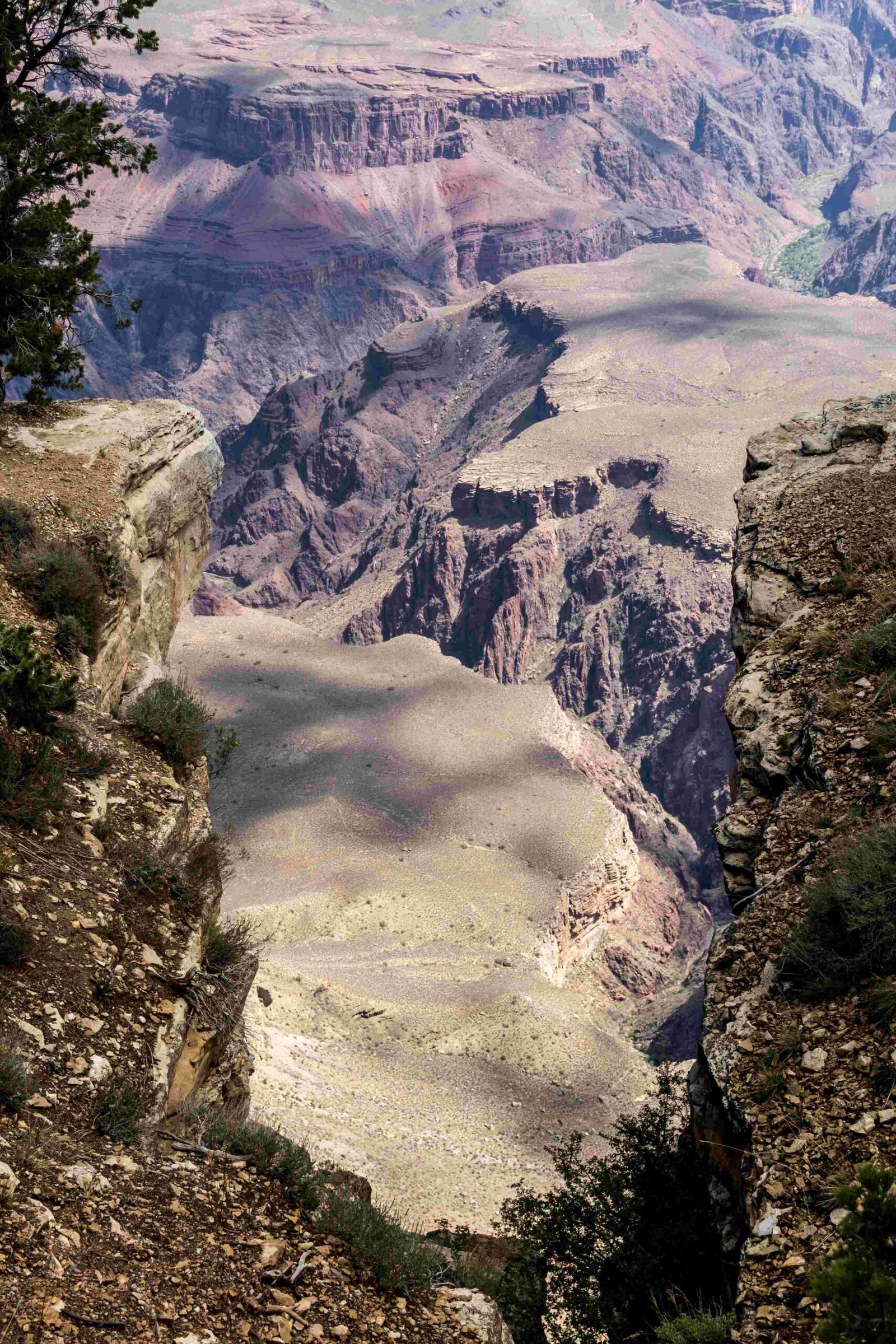The Colorado River stands as the primary waterway that carved the Grand Canyon, a geological masterpiece sculpted over approximately 5-6 million years through persistent hydraulic erosion. This remarkable river has systematically cut through layers of rock, exposing nearly two billion years of Earth’s geological history, creating one of the most stunning natural landscapes on the planet.
What Makes the Colorado River Unique in Canyon Formation?
How Does Water Transform Solid Rock?
The Colorado River’s erosion process is a complex interplay of hydraulic force and sediment abrasion. Key mechanisms include:
- Hydraulic Erosion: Direct water pressure breaking down rock surfaces
- Abrasive Erosion: Sediment particles grinding against rock layers
- Chemical Weathering: Gradual rock dissolution through mineral interactions
| Erosion Type | Primary Mechanism | Impact on Canyon Formation |
|---|---|---|
| Hydraulic | Water Pressure | Initial Rock Breakdown |
| Abrasive | Sediment Grinding | Surface Smoothing |
| Chemical | Mineral Dissolution | Rock Layer Weakening |
What Geological Layers Did the River Expose?
The Colorado River’s erosive journey revealed multiple geological formations:
- Vishnu Basement Rocks (1.8 billion years old)
- Ancient metamorphic and igneous foundations
-
Represents the canyon’s oldest exposed rock layer
-
Grand Canyon Supergroup (1.2 billion years old)
- Sedimentary and volcanic rock sequences
-
Demonstrates complex geological transformations
-
Redwall Limestone (340 million years old)
- Thick marine sediment layer
- Approximately 500 feet thick in certain sections
How Much Material Has the River Removed?
The Colorado River’s erosive power is quantifiably impressive:
- Mean annual flow: 13,200 cubic feet per second
- Flow rate variations: 8,000 to 22,000 cubic feet per second
- Maximum recorded flow: 33,100 cubic feet per second in 2005
What Challenges Affect Modern River Dynamics?
Human intervention has significantly altered the river’s natural erosion processes:
- Dam Construction: Regulated water flow
- Sediment Interruption: Reduced natural transportation mechanisms
- Water Consumption: Altered river dynamics in Upper and Lower Basin states
Can Visitors Experience the River’s Power?
Adventurers can explore the canyon’s waterway through:
- Guided rafting expeditions
- Multi-day river tours
- Specialized geological exploration trips
Cost Range: $1,000 to $3,000 per person for comprehensive experiences
What Future Awaits the Grand Canyon’s Formation?
While dam construction has slowed natural erosion, the Colorado River continues its geological sculpting:
- Ongoing sediment transportation
- Gradual rock layer modifications
- Continuous landscape evolution
The Colorado River remains a testament to nature’s patient, persistent transformative power, having carved one of the world’s most breathtaking landscapes through millions of years of consistent geological work.

